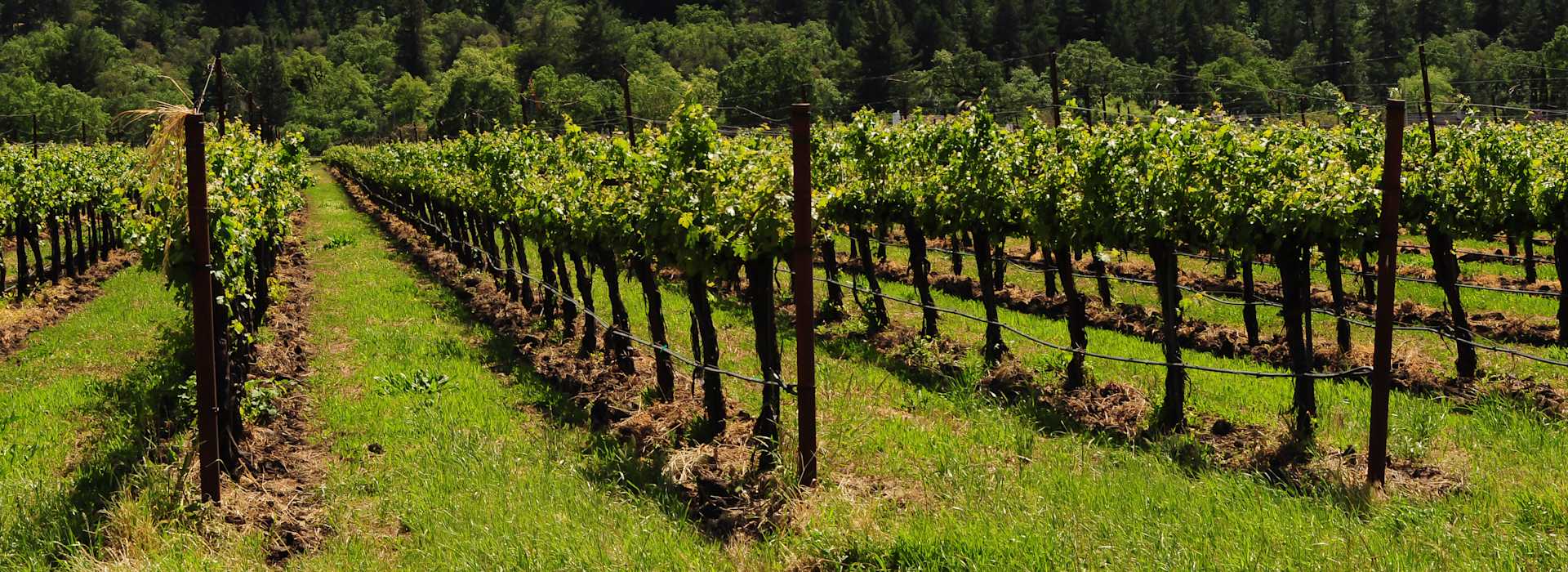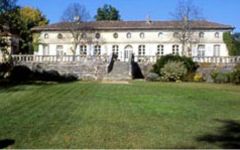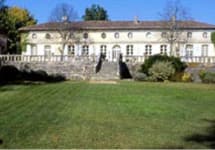Chateau Beauregard 2017
-
Wine
Spectator -
James
Suckling -
Wine
Enthusiast -
Jeb
Dunnuck - Decanter
-
Robert
Parker



Product Details
Your Rating
Somm Note
Winemaker Notes
Blend: 60% Merlot and 40% Cabernet Franc
Professional Ratings
-
Wine Spectator
Dark and winey, with tobacco, bittersweet cocoa and tar notes wrapped around a core of black currant and fig fruit. Grippy from start to finish, but showing cut and drive, this is a very grounded Pomerol that will need some time to unwind. Merlot and Cabernet Franc. Best from 2022 through 2040.
-
James Suckling
A fine-tannined, pretty red with some chocolate powder and hazelnuts to the berries and wet earth. Medium to full body. Integrated tannins. Creamy and refined with lovely texture. Showing newly found finesse and length. Drink or hold.
-
Wine Enthusiast
This is an attractive, perfumed wine, with generous tannins and blackberry fruits. The acidity of the vintage is very present and contrasts with the firm structure in the background. Drink this wine from 2023.
Barrel Sample: 91-93 -
Jeb Dunnuck
This estate has turned out a beautiful, pleasure-bent 2017 that shines in the vintage. Lots of blackcurrants, chocolate, and roasted herbs notes define the bouquet and it hits the palate with a wealth of fruit, medium to full body, ripe tannins, and outstanding overall balance and charm. It drops off slightly on the finish, yet it's nevertheless a delicious, beautiful Pomerol. Drink it over the coming 10-15 years.
-
Decanter
An extremely unusual blend because of the frost that really hammered the Merlot. This is perhaps a little overly tight and austere, but they have carefully controlled the extraction and there is a lovely violet edge to the nose that becomes clear in the glass, along with spice and chocolate shavings. A sculpted, subtle feel overall, doesn't jump out of the glass but definitely has its place.
-
Robert Parker's Wine Advocate
Medium to deep garnet-purple in color, the 2017 Beauregard is slightly muted to begin, offering up subtle scents of warm blueberries, stewed plums and cherry preserves plus touches of dried roses, black tea and cigar box. Medium-bodied, the palate has a lovely soft texture and plenty of expressive red and black fruits, finishing long and perfumed. Rating:92+
Other Vintages
2022-
James
Suckling -
Jeb
Dunnuck - Decanter
-
James
Suckling - Decanter
-
Jeb
Dunnuck -
Robert
Parker
-
James
Suckling -
Jeb
Dunnuck - Decanter
- Decanter
-
Jeb
Dunnuck -
James
Suckling -
Robert
Parker
-
Robert
Parker -
Jeb
Dunnuck -
Wine
Spectator -
James
Suckling - Decanter
-
Wine
Enthusiast
-
James
Suckling - Decanter
-
Jeb
Dunnuck -
Robert
Parker -
Wine
Spectator -
Wine
Enthusiast


By the middle of the 8th century the property had been inherited by Jérome de Chaussade de Chandos. Beauregard was not the main residence of this gentleman, who had a larger estate at Rauzan in the Entre-Deux-Mers, but his son Luc-Jermé did live here from 1755 to 1769, and it is at this period that the land was transformed from polyculture to viticulture. In 1741, according to Enjalbert, there were two journeaux of vines at Beauregard; by the revolution there were 18 (6.3 hectares). Luc-Jermé Chaussade was a friend of Jacques Kanon (of what was to become Canon in Saint-Emilion) and shared his enthusiasm for the new fashion of serious vineyard husbandry. In his hands Beauregard became one of the first of the Pomerol estates to be vinously expanded. By the time the Revolutionary Convention abolished primogeniture in 1793 Luc-Jermé had been succeeded by his son Jermé, a young man who had three sisters. Seeing his inheritance about to be quartered he put his share of Beauregard up for sale and persuaded his sisters to do likewise. It fetched 110,000 livres (a high price, justified only on the grounds of the reputation of the wine) on 3rd July 1793 and passed into the hands of Bonaventure Berthomieux. Despite his somewhat Italian christian name Berthomieux was a prominent and wealthy citizen of a well-established Saint-Emilion family He was a merchant who dealt in grain as well as wine, and he looked after his brother's estate in Fronsac as well as his own. In 1854 Beauregard was sold to M. Durand-Desgranges. Restoration was swift. Durand-Desgranges, a local courtier (broker), replanted the vineyard, extended it to 14 hectares, and by the second edition of Cocks and Féret in 1868 had raised its eminence to 13th place in the Pomerol hierarchy. The Durand-Desgranges family remained at Beauregard until 1920. After a brief interregnum in the hands of the brothers Chavaroche the estate was acquired by a local lawyer, M. Brulé, on behalf of his god-daughter Henriette Giraud in 1922. Henriette's father was Savinien Giraud, owner of Thotanoy and she was wedded to Raymond Clauzel of the family which owned Chateau La Tour de Mons in Soussans. The four children remained owners of Chateau Beauregard until March 1991 when they sold the estate and today it is owned by Foncier Vignobles.

One of the world’s most classic and popular styles of red wine, Bordeaux-inspired blends have spread from their homeland in France to nearly every corner of the New World. Typically based on either Cabernet Sauvignon or Merlot and supported by Cabernet Franc, Malbec and Petit Verdot, the best of these are densely hued, fragrant, full of fruit and boast a structure that begs for cellar time. Somm Secret—Blends from Bordeaux are generally earthier compared to those from the New World, which tend to be fruit-dominant.

A source of exceptionally sensual and glamorous red wines, Pomerol is actually a rather small appellation in an unassuming countryside. It sits on a plateau immediately northeast of the city of Libourne on the right bank of the Dordogne River. Pomerol and St-Émilion are the stars of what is referred to as Right Bank Bordeaux: Merlot-dominant red blends completed by various amounts of Cabernet Franc or Cabernet Sauvignon. While Pomerol has no official classification system, its best wines are some of the world’s most sought after.
Historically Pomerol attached itself to the larger and more picturesque neighboring region of St-Émilion until the late 1800s when discerning French consumers began to recognize the quality and distinction of Pomerol on its own. Its popularity spread to northern Europe in the early 1900s.
After some notable vintages of the 1940s, the Pomerol producer, Petrus, began to achieve great international attention and brought widespread recognition to the appellation. Its subsequent distribution by the successful Libourne merchant, Jean-Pierre Mouiex, magnified Pomerol's fame after the Second World War.
Perfect for Merlot, the soils of Pomerol—clay on top of well-drained subsoil—help to create wines capable of displaying an unprecedented concentration of color and flavor.
The best Pomerol wines will be intensely hued, with qualities of fresh wild berries, dried fig or concentrated black plum preserves. Aromas may be of forest floor, sifted cocoa powder, anise, exotic spice or toasted sugar and will have a silky, smooth but intense texture.
